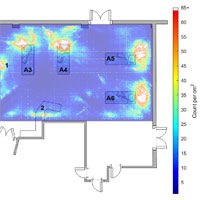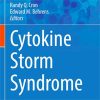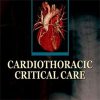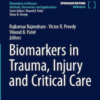Mapping Sources of Noise in an ICU
onlinelibrary.wiley.com
Excessive noise in hospitals adversely affects patients’ sleep and recovery, causes stress and fatigue in staff and hampers communication. The World Health Organization suggests sound levels should be limited to 35 decibels. This is probably unachievable in intensive care units, but some reduction from current levels should be possible. A preliminary step would be to identify principal sources of noise. As part of a larger project investigating techniques to reduce environmental noise, we installed a microphone array system in one with four beds in an adult general intensive care unit. This continuously measured locations and sound pressure levels of noise sources. This report summarises results recorded over one year. Data were collected between 7 April 2017 and 16 April 2018 inclusive. Data for a whole day were available for 248 days. The sound location system revealed that the majority of loud sounds originated from extremely limited areas, very close to patients’ ears. This proximity maximises the adverse effects of high environmental noise levels for patients. Some of this was likely to be appropriate communication between the patient, their caring staff and visitors. However, a significant proportion of loud sounds may originate from equipment alarms which are sited at the bedside. Are design of the intensive care unit environment to move alarm sounds away from the bedside might significantly reduce the environmental noise burden to patients.















